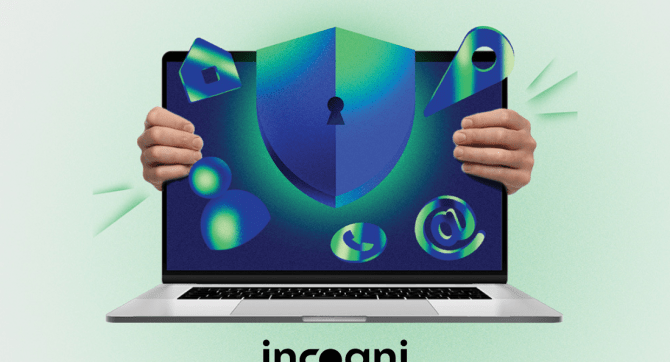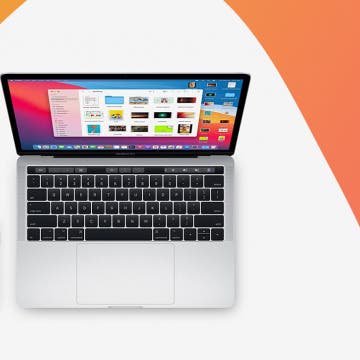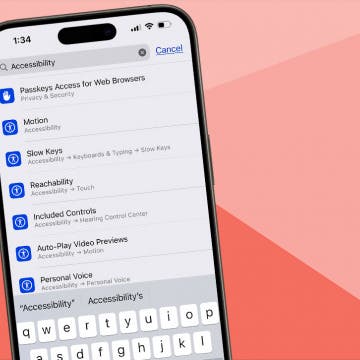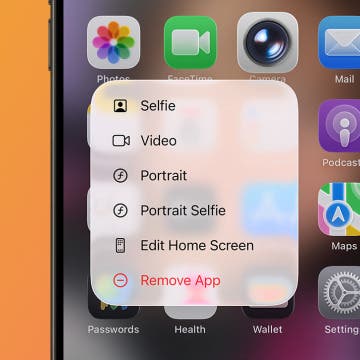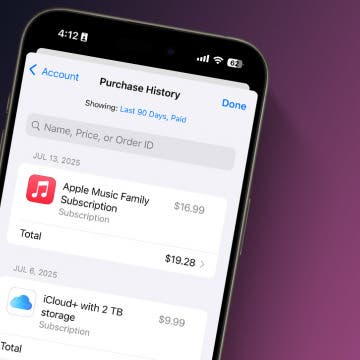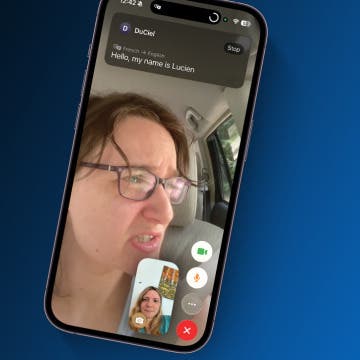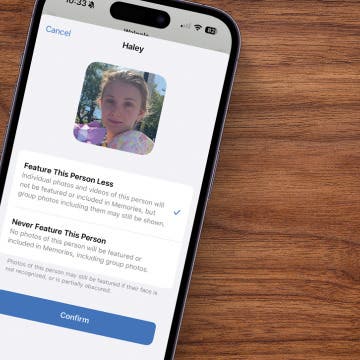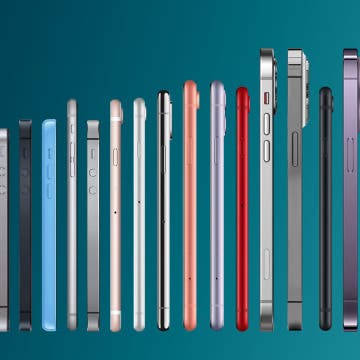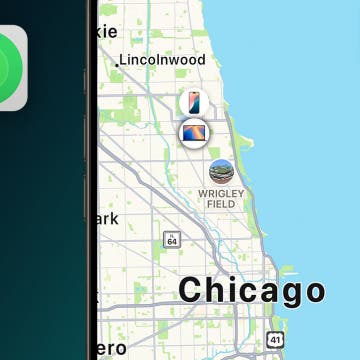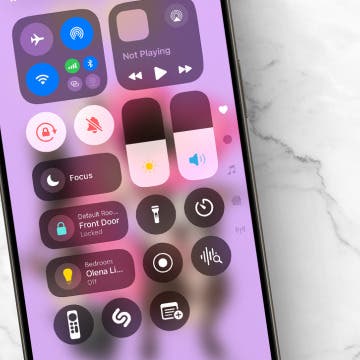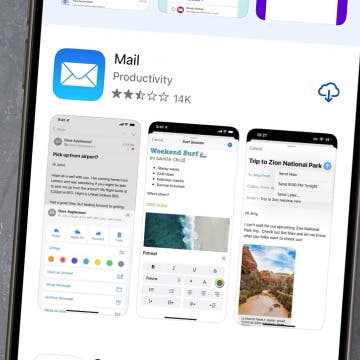(Note: in the meantime, the app received full iPad / iOS 5 support - see the latest update!) If you've been reading my articles since the Windows Mobile days, you may remember my thorough elaboration of the then-current file transfer methods over Bluetooth. (See e.g. http://www.smartphonemag.com/cms/blog/9/file-and-pim-transfer-between-pocket-pc-and-palm-os-devices-advanced-pocket-pc-bluetooth-answ; note that this article has been frontpaged by Pocket PC Thoughts, has been translated into Russian and also was cited as the first reference in the official documentation of Resco File Explorer at http://www.resco.net/Downloads/Palm/Explorer/ExplorerBluetoothFTP.pdf.)
Unfortunately, iOS, the operating system of iPhones, iPads (iDevices for short) doesn't let for any kind of standardized file transfer over Bluetooth – while almost all the other mobile operating systems have been having support for this for at least six years. This has been a deliberate restriction on part of Apple and, it seems, will never be lifted.
This means you simply can't transfer e.g. photos or notes you've just taken to other Bluetooth-enabled phones, even old ones. For example, to an OBEX-enabled phone like those of Nokia (except for the latest, Windows Phone-based ones, which don't support OBEX either, not even in the latest WP7 reincarnation, 7.5), you could even transfer photos, notes, address book entries with ease and without any kind of desktop (or network-based cloud) synchronization or e-mailing.
In most cases, under iOS, all you could do for file sharing was emailing (slow, requires Internet connection and, with some mail servers, has size limits) or starting a Wi-Fi server in apps that supported it (for example, the just-discussed Display Recorder or most third-party document editors/handlers) and, then, you can connect to the Wi-Fi server from the other device's Web browser, assuming you're on the same Wi-Fi network. Unfortunately, this is far from easy to use and, in addition, none of the built-in apps (e.g., Photos) support Wi-Fi servers; with them, the only way of exchanging files (photos, notes, address book entries etc.) is mailing.
AirBlue Sharing to the rescue!
The newest Cydia hack (which also means you'll need to jailbreak your iDevice to purchase and, then, install it), AirBlue, promises pretty mature OBEX support. While it doesn't have a trial version, it certainly isn't too expensive ($4.99) so I decided at once to purchase it.
So far, I like what I see. While it does have its shortcomings and incompatibilities (e.g., inability to send notes under iOS5, as opposed to iOS4 – at least based on my experience and tests), it's certainly much better than some people state in the initial comments of the articles announcing. For example, some state file receiving doesn't work at all. Sure it does – you just need to enable it (I recommend for example short Home press: Settings > AirBlue Sharing > Activation Methods > Short Hold) and, then, it'll be able to listen to incoming OBEX files. (Note that, by default, initiating listening to incoming requests is done by double-tapping the upper status bar.)
That is, it's very easy to transfer photos to the handset. Just make sure you enable “Import received” under Settings > AirBlue Sharing (it's disabled by default - dunno why) to make sure images you receive will be imported right to the Image roll of Photos. (Otherwise, they'll be just stored under private/var/mobile/AirReceived. If you also install the excellent iFile from Cydia, you'll be able to access these files there and even send them to other, third-party apps – or, with incoming notes, even read them with the built-in text viewer.)
Note that AirBlue is based on its own Bluetooth stack; that is, you won't be able to use, say, your A2DP stereo headphones if you activate sending / receiving. Fortunately, both disabling and enabling is simple. Upon starting a file transfer on the iDevice's part, you'll be presented a dialog “Native Bluetooth stack is enabled”. There, you only need to select “Disable” and can go on. To re-enable the standard (built-in) iDevice Bluetooth, you will just need to switch it on under Settings > General > Bluetooth, as usual. (Note that, if you install other BTstack-dependent hacks like BTstack GPS on the same iDevice, there will also be a dedicated menu at Settings > BTstack, in the “Extensions” group, where you can also switch between the two stacks. Here, you can also switch back to the standard iOS stack.)
All in all, if your main need is sending / receiving photos, you can safely purchase the app. (Just keep in mind what I've told you about enabling “Import Received” and enabling listening to incoming requests, including redefining the shortcut to enable it.) Note sending / receiving is a bit more problematic, at least under iOS 5, it seems; that is, if your aim is to send/receiving them, you may want to wait a bit to see whether iOS5 will fully be supported.
Some real-world file transfer tests
Here are some real compliance tests between my various phones and desktop computers so that you can know what the app is capanle of.
iPhone 3GS running iOS 4.2.1 vs. Nokia N95 running Symbian s60 (latest firmware: 30-series): from the 3GS: both image and note sending worked just great; from the N95: image sending worked.
iPad 2 running 5.0.1 vs. Nokia N95: image sending worked in both directions. Note sending doesn't seem to be supported on the iPad 2: no “Bluetooth” menu item is available in the “arrow” menu. On the iPod touch 4 also running 5.0.1 “Bluetooth” was present at the same location, but, for some reason, nothing happened when I selected it. Again, unlike on the iPhone 3GS running iOS 4.2.1, where sending worked just fine.
Image loading to default direction: must be explicitly allowed; image importing works fine into Photos. Received notes, however, aren't imported into the Notes app; can only be passed to third-party apps like GoodReader. The latter, however, wasn't able to read the note I've sent to the phone, not even after changing the file encoding as recommended by the error message dialog.
Samsung Wave II running Bada 1.2: sending an image to it worked just fine. The opposite didn't – the Wave II just displayed “Bluetooth busy”. Note sending (from the iPhone 3GS running iOS 4.2.1) worked but the built-in My Files application wasn't able to read it (“Unsupported file type”).
Samsung Wave 723 running Bada 1.1: sending shots I've taken on the Wave to the 5.0.1 iPad 2 worked just fine.
Data exchange with Mac OS X 10.6.8: without enabling it (under Settings / Sharing / Bluetooth Sharing), OS X doesn't support OBEX receive. Sending a file from the Mac via the Application > Utilities > BlueTooth File Transfer utility worked just fine to the 5.0.1-based iPad 2 with an image. Sending videos (from the stock Videos app) / audio (from Music) / contacts (from the stock Contacts) / notes (from Notes) from my test iDevices running iOS 5.0.1 to the MBP worked just fine.
(Windows Phone 7.5-based LG Optimus 7: as explained above, there isn't any way of sending anything to WP phones via Bluetooth.)

Other articles, videos
A decent video demo of the app in action
UPDATE (02/13, later): I've tested file transfer between the LG Optimus Hub E510 running stock Android 2.3.4 and the iPhone 4S on the current (second version of) 5.0.1. File transfer worked OK. In one case, the LG phone displayed an error message after having successfully sent a photo and the 4S, in another case, didn't show the transfer state correctly. However, the photos still arrived to the 4S. Also, in cases, nothing happened when I selected “Bluetooth” (sending) from the 4S' Photos app; in other cases, it worked just fine.
The 4S had no problems exchanging photos with the Nokia N95 (in both directions).
UPDATE (02/18): I've continued testing the app and found out its being capable of even more than I;ve previously thought. Pactically, you can share any kind of data, documents etc. between two mobile devices: you can easily send over your music files, PDF documents etc. - anything!
First, let me further elaborate on contact, note and music sending; after that, on any other kinds of files (e.g., “Bluetooth” as the app target):
Note sending (small-screen devices only; again, iPads are still not supported in note sending nor receiving):
iOS 4.3.3 (iPt4) to 4.2.1 (3GS): -
iOS 4.2.1 (3GS) to 4.3.3 (iPt4): -
iOS 4.2.1 (3GS) to 5.0.1 (iPt4): partial
5.0.1 (iPt4) to iOS 4.2.1 (3GS): partial; invocation menu is shown to make it easier to find / read the received textfile
iOS 4.3.3 (iPt4) to Symbian S60v3 (Nokia N95): +
iOS 5.0.1 (iPt4) to Symbian S60v3 (Nokia N95): +
Symbian S60v3 (Nokia N95) to iOS 5.0.1 (iPt4): partial (gets stored in the save directory as a readable TXT file accessible / readable with iFile)
Symbian S60v3 (Nokia N95) to iOS 4.2.1 (3GS): partial; invocation menu is shown to make it easier to find / read the received textfile
Contacts:
iOS 4.3.3 (iPt4) to anywhere: for some reason, no „Share Contact” button was visible. After upgrading to 5.0.1, it become visible.
iOS 4.2.1 (3GS) to Symbian S60v3 (N95): +
iOS 4.2.1 (3GS) to iOS 5.0.1 (iPad 2): +
Symbian S60v3 (N95) to iOS 4.3.3 (iPt4): +
Symbian S60v3 (N95) to iOS 5.0.1 (iPad 2): +
iOS 5.0.1 (iPad 2) to iOS 4.3.3 (iPt4): +
iOS 5.0.1 (iPad 2) to Symbian S60v3 (N95): + (albeit accented characters do get messed up)
Bada 1.1 to iOS 5.0.1 (iPad 2): +
iOS 5.0.1 (iPt4) to Symbian S60v3 (Nokia N95): +
Music (small-screen iDevices: tap the arrow on the right in the music list):
4.3.3 (iPt4) to Symbian S60v3 (N95): + (great for, say, playback via speaker with stereo widening – still, even after five(!) years, a kick-butt, unmatched feature of many Nokia handsets)
Symbian S60v3 (N95) to 4.3.3 (iPt4): partial (doesn't get imported into the iPod / Music list but can be imported into third-party apps)
4.3.3 (iPt4) to Bada 1.2 (Wave II): + (saves in Downloads / Sounds)
iOS 4.2.1 (3GS) to Symbian S60v3 (N95): +
iOS 4.2.1 (3GS) to iOS 5.0.1 (iPad 2): partial (doesn't get imported to Music but, otherwise, OK)
Symbian S60v3 (Nokia N95) to iOS 5.0.1 (iPt4): partial (doesn't get imported to Music but, otherwise, OK and the file viewer – here, only including iFile - selection menu is shown on iOS)
iOS 5.0.1 (iPt4) to Symbian S60v3 (Nokia N95): +
From the iPad, you can, to some degree, send over music using the app's support for iFile. Nevertheless, they're stored under /Media/iTunes_Control/Music with encrypted names. The files, however, do retain their description metadata. This means operating systems (for example, Symbian S60v3 running on the n95) that do allow for importing the music you send over to them via Bluetooth will not have any problems with music files sent over this way: for the inclusion the playlist, the metadata will be correctly parsed. Sending from iFile is also a great way to, say, send over files via Bluetooth (or, when targeted at another iOS device, effectively the at least five times faster Wi-Fi) from a lot of third-party apps. Now, you can quickly send over any of your files in the file system! Note that if these files are documents of a third-party app, you might want to prefer the built-in support of sending files to apps in those apps – see the next section.
„Bluetooth” as a target from inside apps
Some third-party apps allow for sending the files you (via, say, iTunes File transfer) put into them via a generic „Send to” menu. For example, in GoodReader, if you open a document, select the arrow icon, Open In at the top, „Send File „as is”” and, finally, Bluetooth. Airblue Sharing's target device selector dialog will be displayed and, then, the target application selector. It's this easy to share data between third-party apps using the app!
You can do the same from the excellent movie / multimedia player GoodPlayer via the Private Documents icon (in the main list view, the leftmost one at the bottom bar). Then, select a file from the list, “Open In”, “Open In Bluetooth” and, finally, the target device from the device selector.
Files downloaded or complete Web pages saved in the excellent third-party Web browser iCab Mobile can also be transferred this way: Downloads (e.g., the icon on the top bar) / select the file to transfer / Open in External App / Bluetooth / select the target device.
UPDATE (02/19): the developer seems to be releasing new, improved, bugfixed versions on a daily basis. His latest version (0.9.21) adds full iPad support (up to now, only the smaller-screen iDevices were fully supported).
Now, you don't need to use iFile to go to the var/mobile/Media/iTunes_Control/Music directory to try to find the music file to send over: as with the small-screen iDevices, there's an arrow in the audio list in Music, which displays a menu with (currently) one item: Bluetooth. Tapping it, you can send over any music to any compatible phone.
The same stands for sending videos synchronized from iTunes via the “Movies” tab (that is, not ones in third-party apps). There, you can send over new videos using the new Bluetooth button after selecting an individual video to send. I've made some benchmarks with transferring 200 Mbyte mp4 files between an iPad 2 and an iPod touch 4; the net transfer speed was around 900 kbyte/s and everything worked just fine.
I've tested the new version on both my iPad's (an iPad 1 and 2, both running under 5.0.1). All the previously missing new functionality (sending music / videos in the above way and, now, notes from the Notes app) work just fine – in addition to the ones that have already worked (e.g., contacts sharing from the stock Contacts app over Bluetooth).
This app is indeed a MUST if you, from time to time, need to share the files (including everything, even PDF files in your book reader), contacts, notes etc. on your iDevice with any other device, mobile phone or desktop computer, around you – and all this without slow and, with many SMTP servers, size-constrained e-mailing or access to desktop tools (iTunes or, if you want some tools giving you more freedom, FreeSync / PodSync (dedicated article) and the like) to do the transfer. It's indeed giving you a lot of freedom if you quickly want to share pics, music etc. with your friends' phones / iDevices and (all of) you don't necessarily have Internet access.
Note that I've updated the section of Mac OS X in the initial write-up.
UPDATE (02/21): the latest version (0.9.26) also fixes the notes import bug. Now, any note it's sent (basically, any text file) gets automatically imported to the Notes app. I've even sent a text file from my MacBook Pro to it to test; importing was done flawlessly. Indeed a wonderful app if you have more than one phone and want to quickly exchange any kind of data between them, without any iCloud / iTunes interaction (if at all supported - read: they're all Apple's iDevices).




